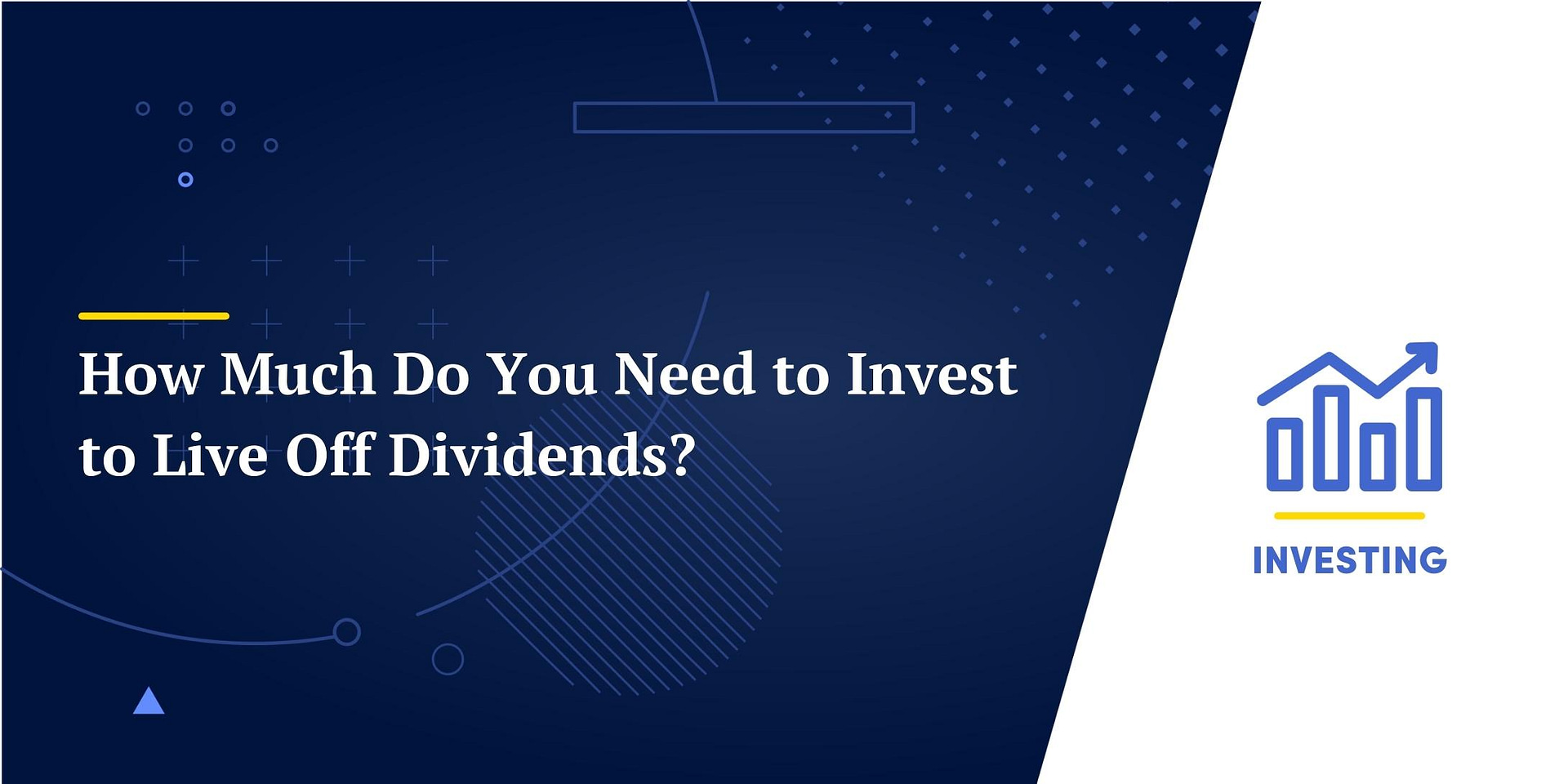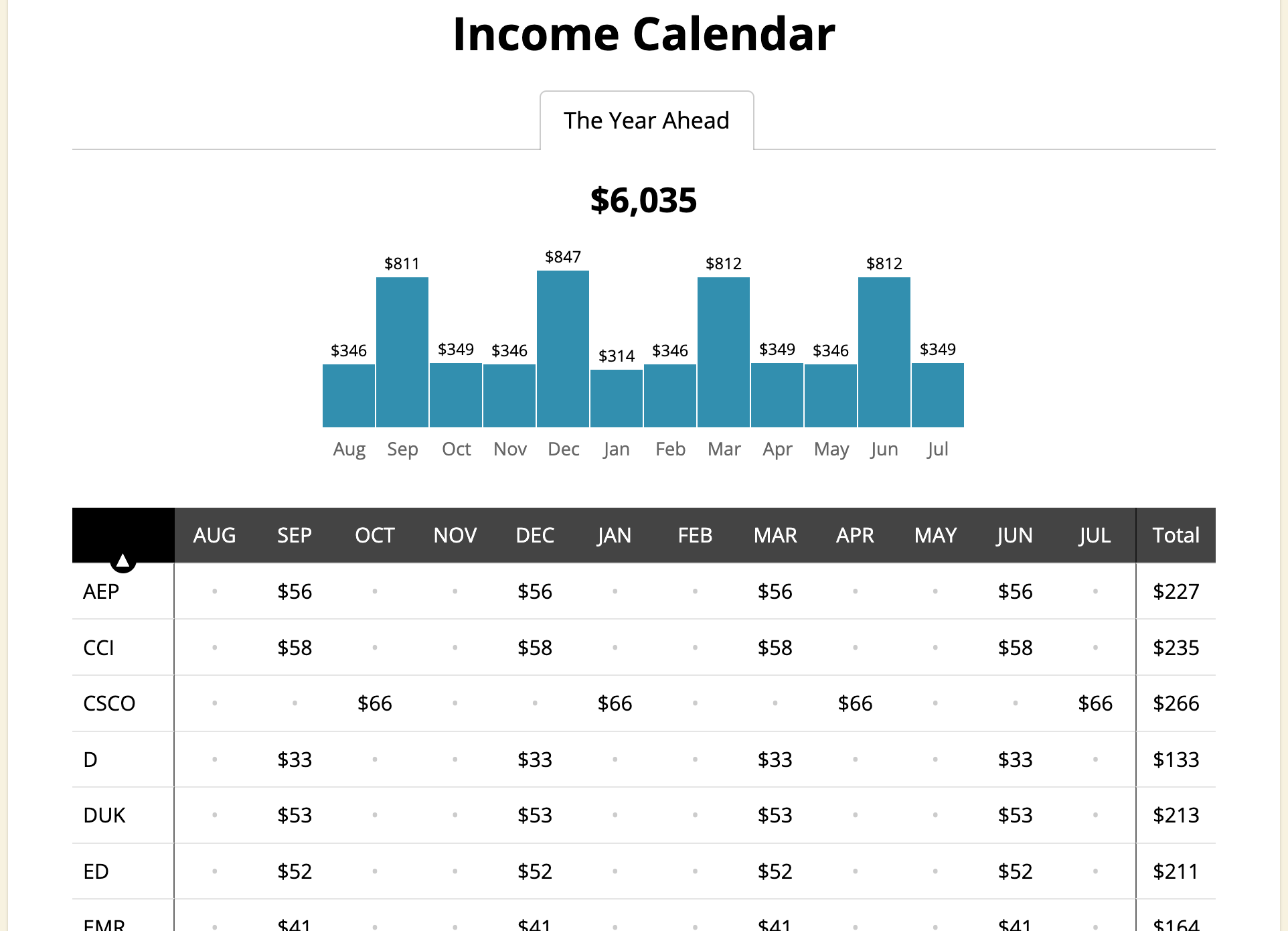Ever dreamed of waking up each morning knowing your investments are working for you – not the other way around? Living off your stock portfolio is the ultimate financial freedom goal for many investors. But the big question remains: exactly how much do you need to make this dream a reality?
I’ve spent years researching this topic and helping clients achieve financial independence. Today, I’ll break down everything you need to know about living off stocks – whether through dividends or other strategies – so you can create your own roadmap to financial freedom.
The Magic Number: How Much You Actually Need
The short answer? It depends on your lifestyle needs. But let’s start with some practical guidelines.
As a rough rule of thumb, you’ll need to multiply your desired annual income by 22-28 to determine how much you should invest in dividend stocks. This assumes a portfolio yielding between 3.5% and 4.5% annually.
For example, if you need $50,000 per year to live comfortably, you’d need approximately:
- Low estimate: $50,000 × 22 = $1.1 million
- High estimate: $50,000 × 28 = $1.4 million
But this calculation gets more nuanced when we factor in
- Other income sources (Social Security, pensions)
- Your investment strategy
- Inflation considerations
- Tax implications
Dividend Investing vs. Total Return Approach
There are two main strategies for living off stocks
Living Off Dividends
This approach focuses on building a portfolio of dividend-paying stocks that generate regular cash payments. The beauty of dividend investing is that you never have to sell your shares – you simply collect the payments companies make to shareholders.
Advantages
- Predictable income stream
- Preservation of capital
- Psychological comfort during market downturns
- Protection against sequence of returns risk
According to a Wall Street Journal example cited by Simply Safe Dividends, if you retire with $1 million and need $40,000 in annual income, you could invest $600,000 in dividend stocks yielding 3% (generating $18,000 annually) and $400,000 in Treasury bonds. By gradually selling bonds while your dividend income grows at 3.5% annually, you could sustain yourself for over 20 years – at which point your dividend income alone might reach $24,000 annually, and your stock portfolio could be worth around $800,000.
Total Return Approach
This strategy involves selling a portion of your portfolio periodically to generate income. It doesn’t distinguish between dividend income and capital appreciation.
Advantages:
- More flexibility in investment selection
- Potentially higher overall returns
- Better tax efficiency in some situations
Both approaches can work, but for many retirees, the psychological benefit of not touching principal makes dividend investing particularly appealing.
The 4% Rule and Its Limitations
You’ve probably heard of the famous “4% rule” – the idea that you can withdraw 4% of your portfolio in the first year of retirement, adjust that amount for inflation each subsequent year, and have a high probability of your money lasting 30+ years.
So using this guideline, you’d need:
- $1 million to generate $40,000 annually
- $1.5 million to generate $60,000 annually
- $2.5 million to generate $100,000 annually
But here’s the thing – this rule has some serious limitations:
- It was developed during a period of higher bond yields
- It doesn’t account for extraordinary market conditions
- It assumes a fixed spending pattern
- It doesn’t factor in other income sources
Factoring in Social Security and Other Income
Most retirees don’t rely exclusively on their investment portfolio. According to the Social Security Administration, about two-thirds of retirees get the majority of their income from Social Security payments.
As of 2023, retired workers and their spouses received average monthly benefits of about $2,700 (approximately $33,000 annually). This can significantly reduce the amount you need from your stock portfolio.
For example, a couple receiving $33,000 annually from Social Security who needs $66,000 total might only need to generate $33,000 from their portfolio – cutting their required investment roughly in half.
Building Your Dividend Portfolio
If you’re attracted to the dividend approach, here’s how to build a solid portfolio:
- Diversify properly: Hold between 20-60 stocks across different sectors
- Focus on dividend safety: Target companies with solid dividend safety scores
- Balance yield and growth: Don’t chase yield at the expense of quality
- Consider dividend ETFs for simplicity: Funds like Vanguard’s High Dividend Yield ETF (VYM) provide instant diversification
Warning: Even solid dividend stocks can cut payments during economic crises. During the 2020 pandemic, about 25% of dividend-paying companies reduced or eliminated their dividends.
Common Pitfalls to Avoid
As someone who’s helped many investors plan for retirement, I’ve seen these mistakes repeatedly:
- Yield chasing: High yields often signal trouble ahead
- Poor diversification: Overconcentration in traditional dividend sectors like utilities and REITs
- Ignoring total return: Focusing on income at the expense of growth
- Underestimating inflation: Not accounting for rising costs over time
- Forgetting taxes: Dividend income is typically taxable (unless in tax-advantaged accounts)
A Real-World Example
Let me share a quick case study from my own experience:
My client Maria retired at 62 with $1.2 million in investments. She needed about $48,000 annually and received $22,000 from Social Security. We built a portfolio yielding approximately 3.8% ($45,600 in annual dividends) with companies focused on dividend growth.
The first year was tight, but by year five, her dividend income had grown to over $53,000 – giving her breathing room and protection against inflation. Meanwhile, her principal remained intact despite market fluctuations.
Getting Started: Step-by-Step Plan
If living off stocks sounds appealing, here’s how to get started:
- Calculate your income needs: Be realistic about your retirement lifestyle
- Assess other income sources: Social Security, pensions, annuities, etc.
- Determine your investment gap: How much income must your portfolio generate?
- Choose your approach: Dividend focus vs. total return strategy
- Build your portfolio gradually: Focus on quality over yield
- Create a tax strategy: Consider account types (Roth, traditional) carefully
- Establish monitoring systems: Regular portfolio reviews are essential
Final Thoughts: Is It Really Possible?
Yes, living off stocks is absolutely achievable – but it requires planning, discipline, and realistic expectations. The most successful retirees I’ve worked with share these traits:
- They started investing early and consistently
- They focused on quality investments rather than get-rich-quick schemes
- They diversified properly across sectors and asset classes
- They remained flexible and adjusted their strategy when needed
- They maintained reasonable spending habits
Remember, there’s no single “right amount” needed to live off stocks – it’s a deeply personal calculation based on your unique circumstances and goals. But with proper planning and a solid strategy, financial independence through stock investing is within reach for many.
What questions do you have about living off stocks? I’d love to hear your thoughts and concerns in the comments below!

How to Live off DividendsThe Wall Street Journal offered a practical example of

- Hold between 20 and 60 stocks to reduce company-specific risk
- Roughly equal-weight each position because its hard to know which companies will be the best long-term performers
- Invest no more than 25% of your portfolio in any one sector
- Target companies with Safe or Very Safe Dividend Safety Scores™
You can tweak those guidelines based on your risk tolerance and goals. For example, perhaps you are comfortable with a little more risk and willing to own more stocks with Borderline Safe Dividend Safety Scores™. Or maybe you desire a portfolio with an overall yield near 4%, in which case you can check out our
How Much $ Do You Need Invested To Live Off Dividends?
FAQ
How much should you invest in annual dividends?
Here is how much you will need to invest for $60,000 in annual dividends: Depending on your estimated lifespan, you might need to build a bigger nest egg to account for inflation, a higher withdrawal rate, or if you want to live off of dividends for multiple decades. However, this calculation is the easiest way to create your investment goal.
How much money do you need to live off dividends?
For those able to secure a 5% yield, the required investment drops further to $1,187,680. And at a 6% yield, the portfolio size needed to live off dividends reduces to $989,733.33. Dividend investing involves buying stocks of companies that distribute a part of their earnings to shareholders, usually quarterly.
How do I plan to live off dividends?
The foundational step in planning to live off dividends involves calculating annual living expenses and anticipated dividend yield from stocks you hold. A common target is creating a portfolio that generates sufficient dividend income to cover yearly costs, with additional funds to account for inflation and financial uncertainties.
Can you live off dividends?
Dividend investing is a popular passive income strategy that can be beneficial during your working years as well as retirement. However, it can require a large portfolio balance. If you want to live off dividends, here’s how much you will need to invest to earn a sufficient dividend income to pay your monthly bills. How
How much money can you earn from dividends?
You can earn $500 in monthly dividend income by investing $300,000 at a 2% dividend rate. By pursuing a more aggressive 5% dividend rate, you only need to invest $120,000 to earn the same amount. Does inflation impact my ability to live off dividends? It can.
How many dividend stocks do you need to make ends meet?
However, the amount of dividend stocks you need to make ends meet depends on several factors. As a rough rule of thumb, you can multiply the annual dividend income you wish to generate by 22 and by 28 to establish a reasonable range for how much you need to invest to live off dividends.
How much money do I need to live off the stock market?
The magic number: Living off interest
For example, if you need to replace $100,000 per year in income and you expect to earn 2.5 percent on your investments, you’ll need $4 million saved ($100,000 / . 025 = $4 million).
How much do I need to invest to get $1000 a month?
You’ll need a portfolio worth about $300,000 generating a 4% dividend yield to earn $1,000 in monthly passive income. Building a diversified collection of 20 to 30 dividend stocks across different sectors helps protect your income.
Could you live off dividends for the rest of your life?
Yes, it is possible to live off purely capital gains and dividends, but it depends on several factors: Amount of Investment: You need a substantial investment portfolio to generate enough income from capital gains and dividends. The required amount varies based on your desired lifestyle and expenses.
How much will $100,000 give you in dividends?
| Portfolio Dividend Yield | Dividend Payments With $100K |
|---|---|
| 1% | $1,000 |
| 2% | $2,000 |
| 3% | $3,000 |
| 4% | $4,000 |
